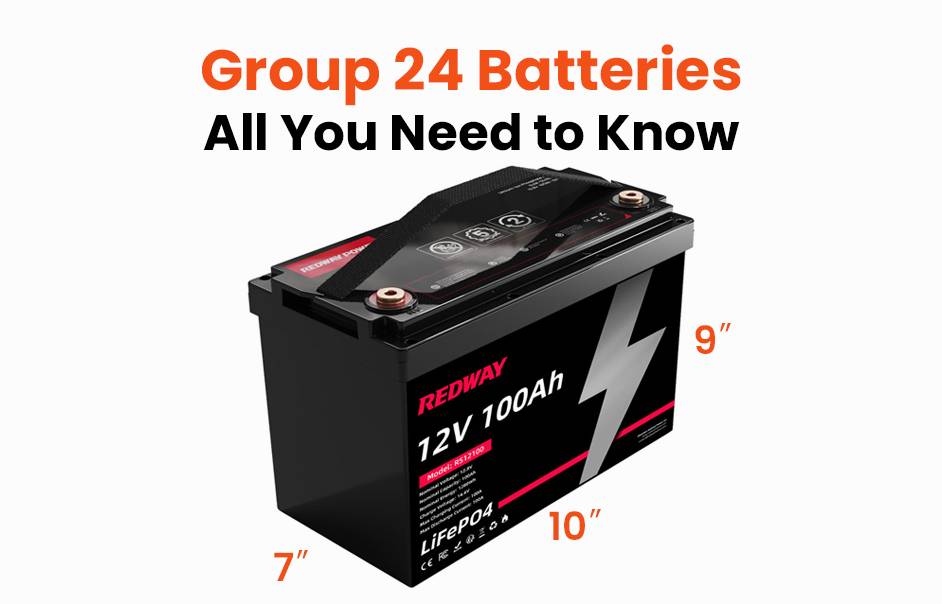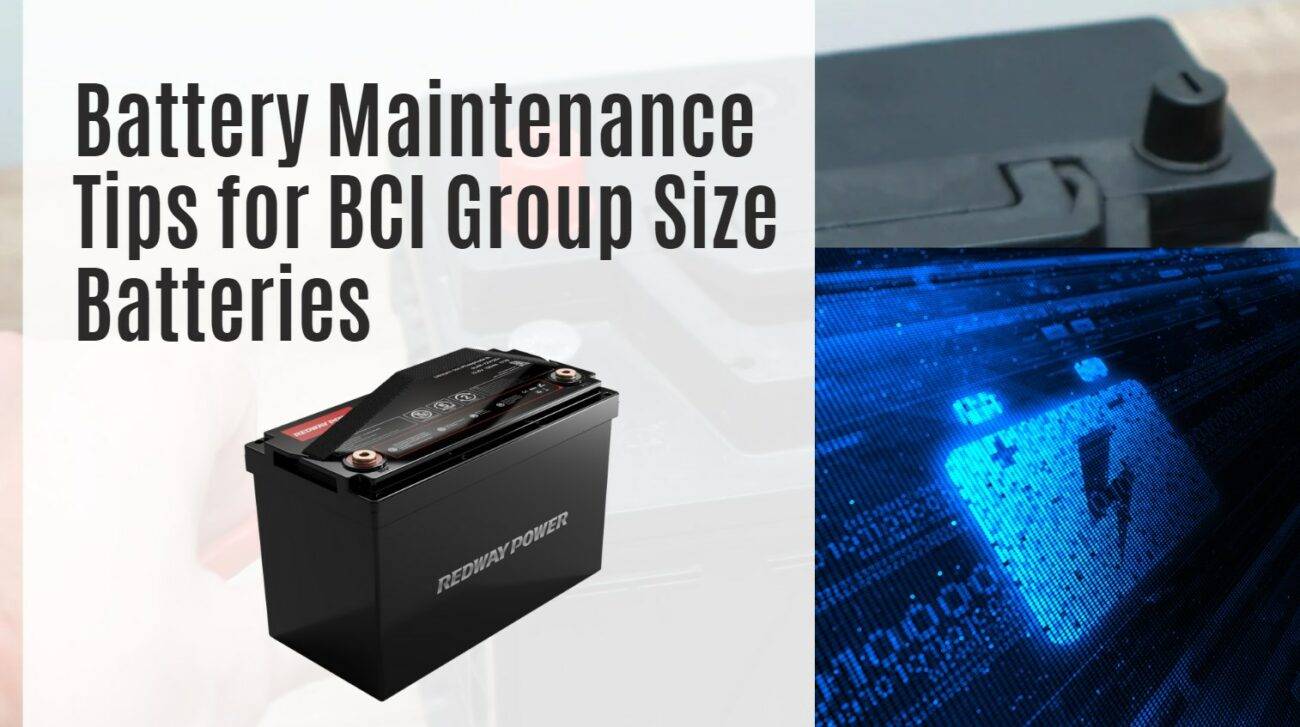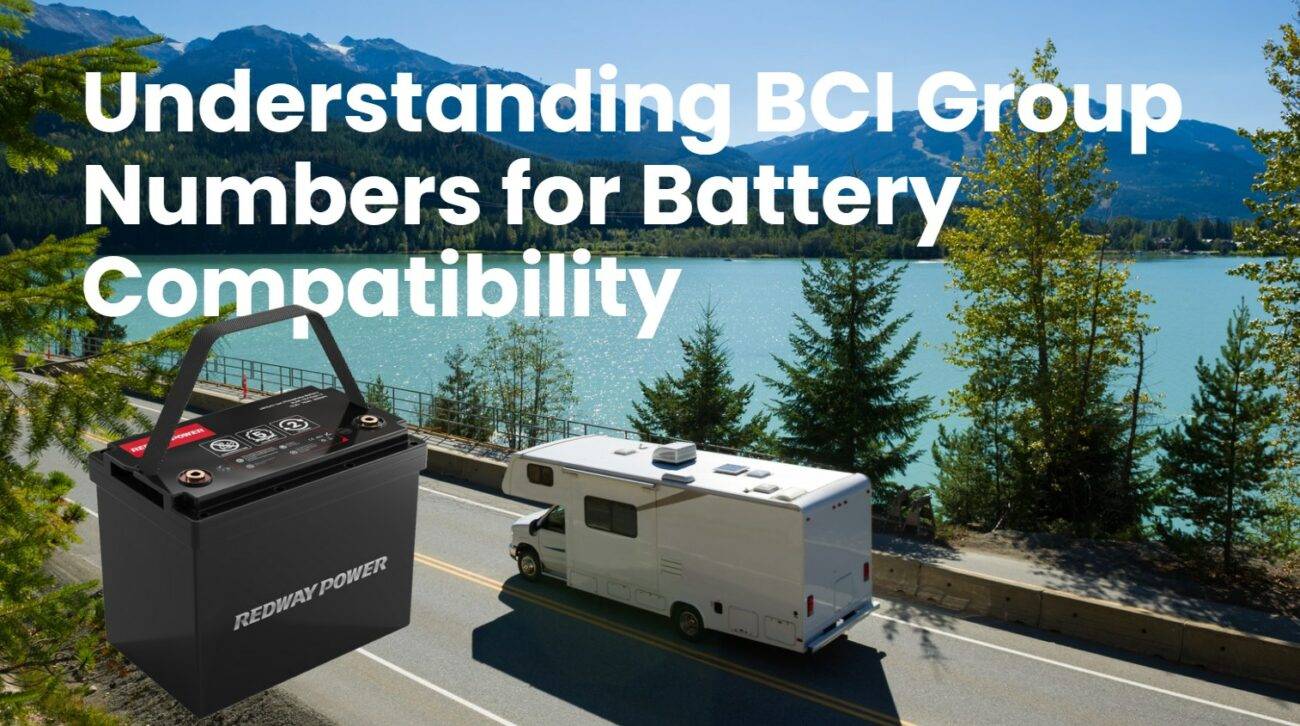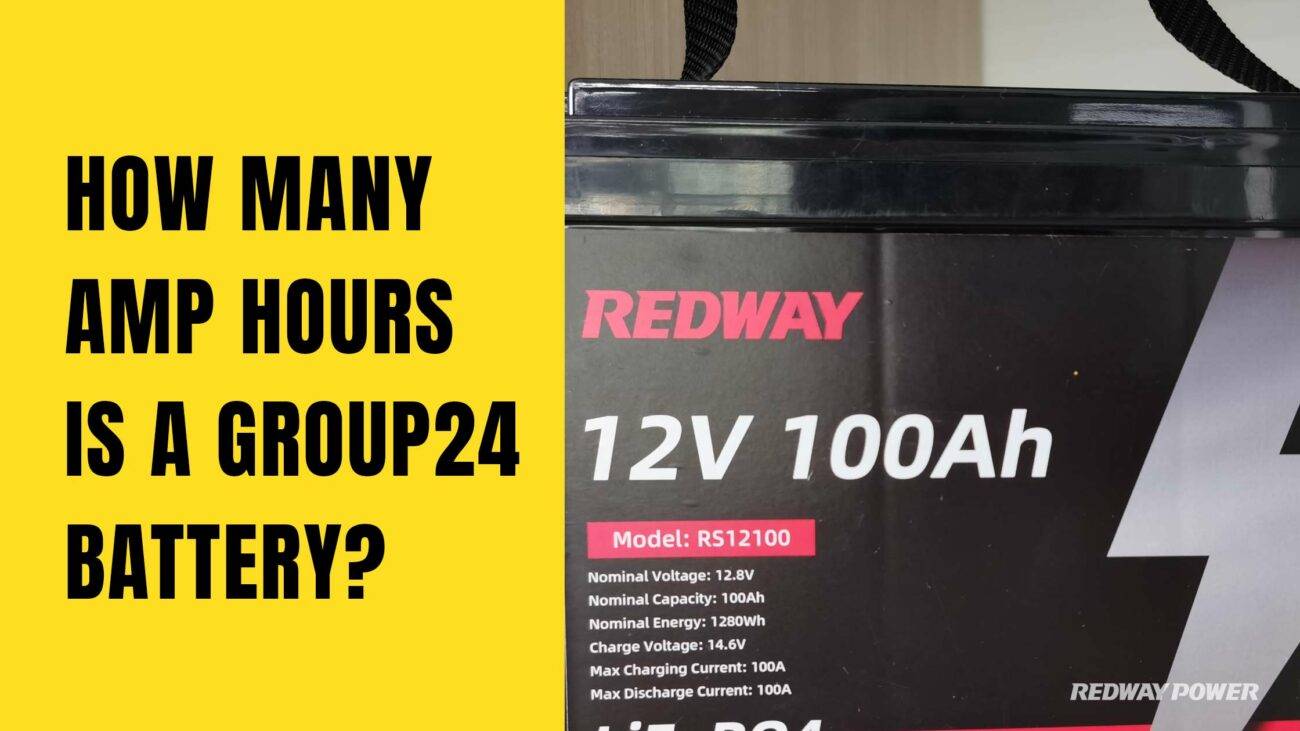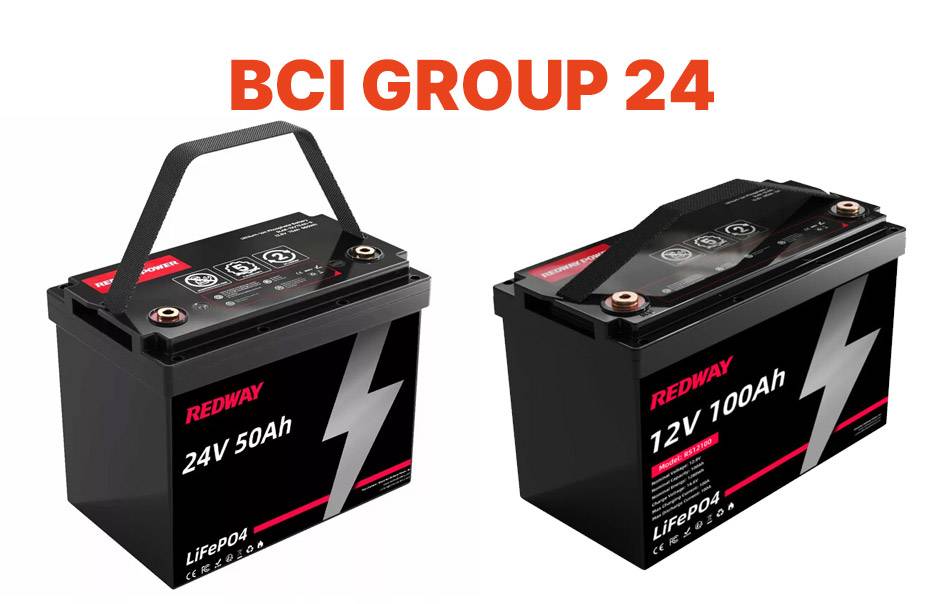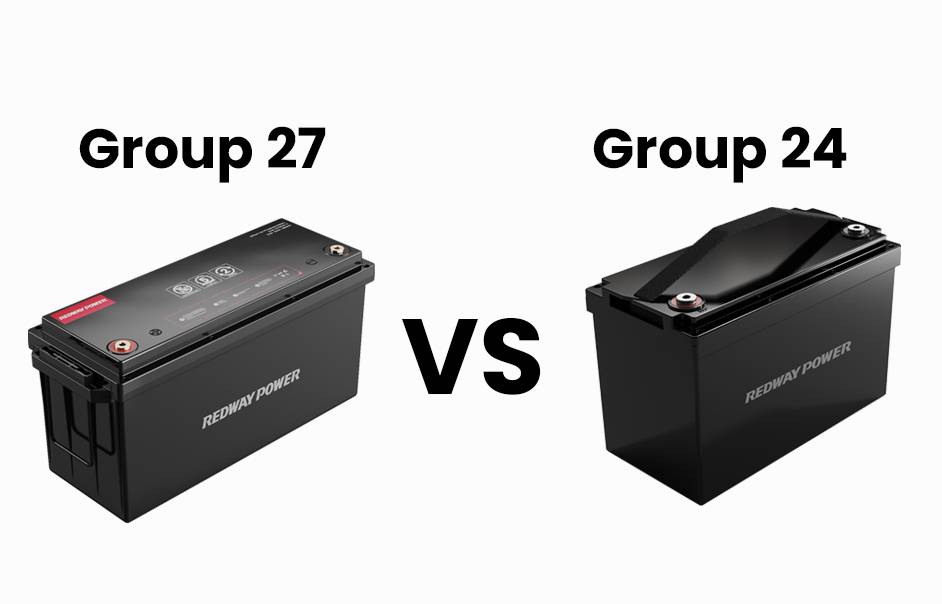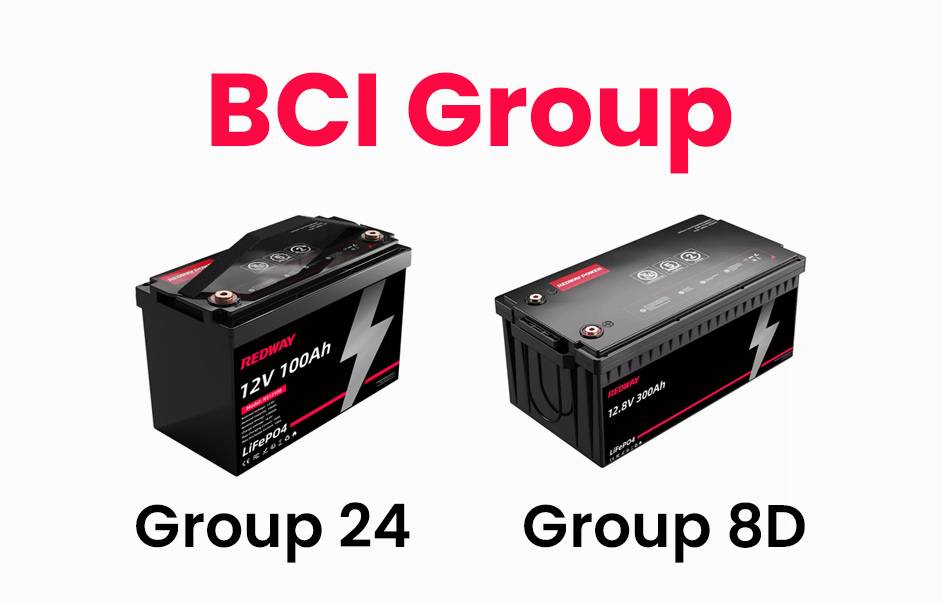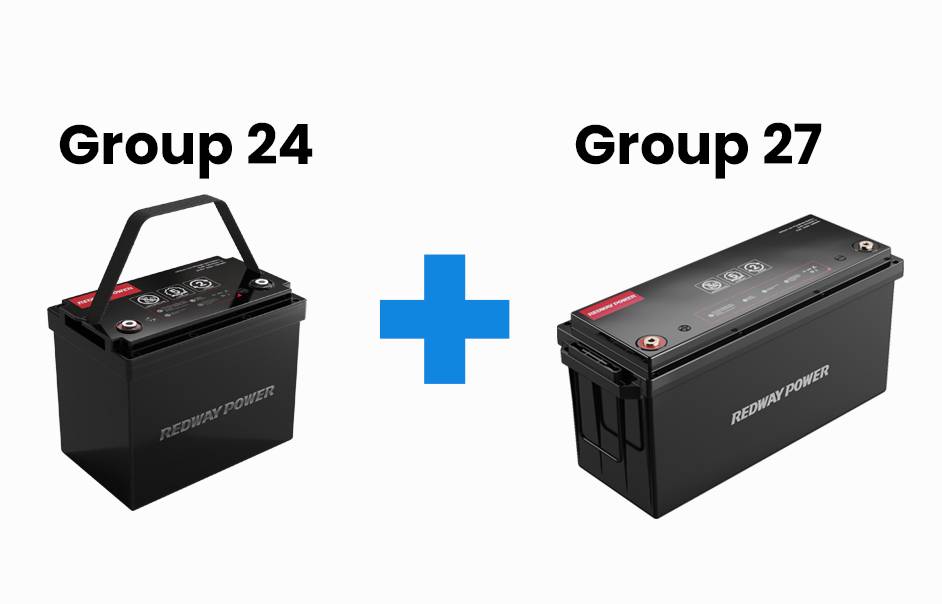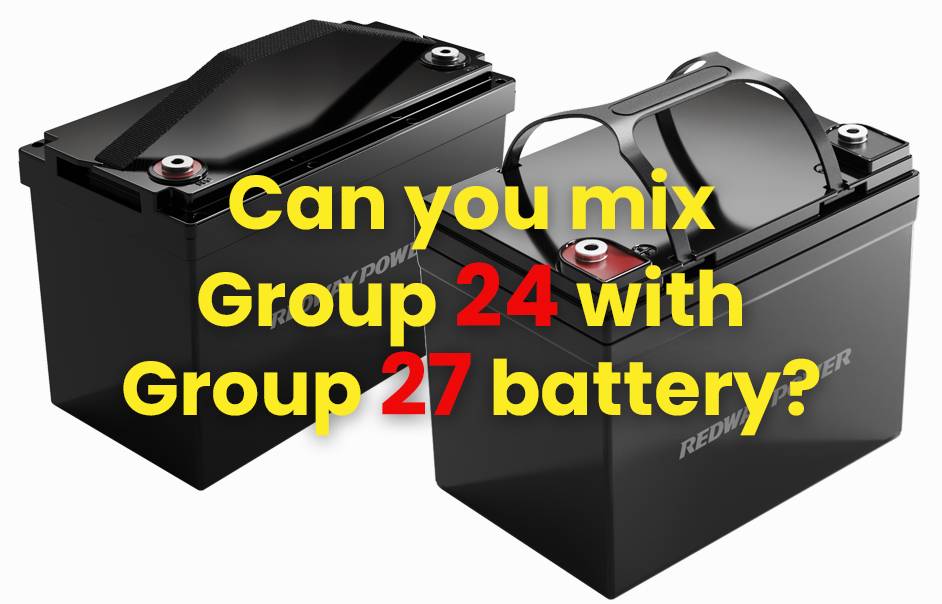Group 24 batteries stand out as a specialized variant of lead-acid car batteries crafted for the unique demands of large trucks, RVs, farm equipment, and other heavy-duty vehicles. Their designation as a “group size” signifies adherence to standardized dimensions established by the Battery Council International. This guide endeavors to deliver a thorough grasp of group 24 batteries, delving into their distinctive features and elucidating the reasons behind their popularity as a preferred power source for substantial vehicles.
What is Group Size?
The battery group size is a standardized specification, defined by the Battery Council International (BCI), determining the physical dimensions of lead-acid automotive starter batteries. These batteries come in various commonly used group size designations, each tailored to specific applications. For example:
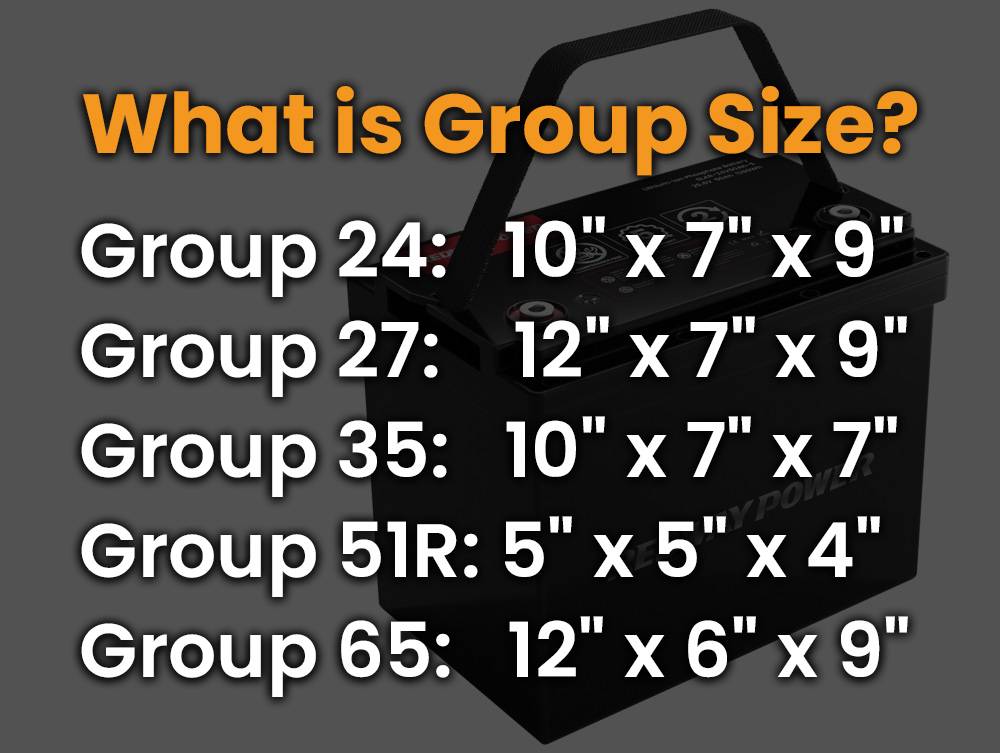
- Group 24: A large battery often found in heavy-duty vehicles like trucks, with dimensions around 10″ x 7″ x 9″.
- Group 27: An even larger battery suitable for commercial vehicles and trucks, approximately 12″ x 7″ x 9″ in size.
- Group 35: A mid-sized battery commonly used in many passenger cars, with dimensions of about 10″ x 7″ x 7″.
- Group 51R: A small battery designed for compact cars and some motorcycles, typically measuring 5″ x 5″ x 4″.
- Group 65: A large battery suitable for performance cars, trucks, or diesel vehicles, with dimensions around 12″ x 6″ x 9″.
These standardized group sizes ensure compatibility with trays, clamps, and other accessories, making it easier to replace batteries across different manufacturers as long as they share the same group size designation. When replacing a battery, identifying the correct group size is crucial for ensuring a proper fit and electrical connections. This information is usually available on the battery’s label, and consulting the vehicle owner’s manual can also confirm the appropriate group size for a specific make and model.

